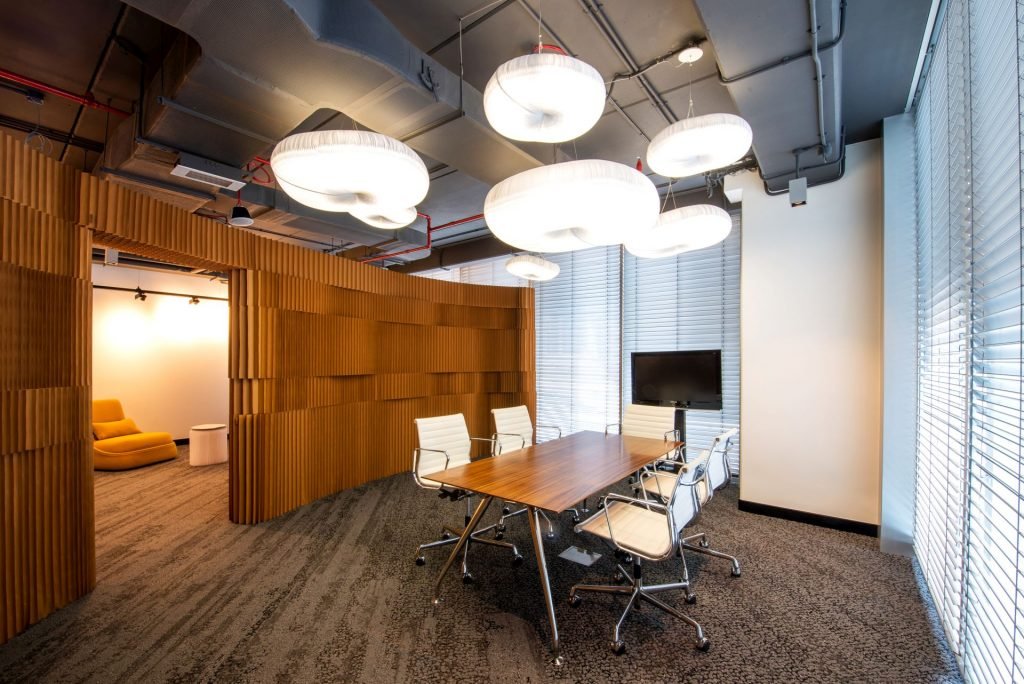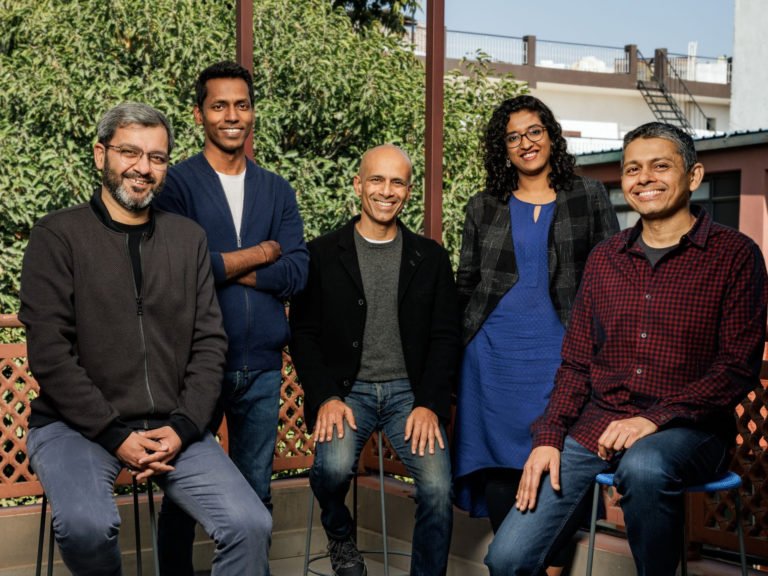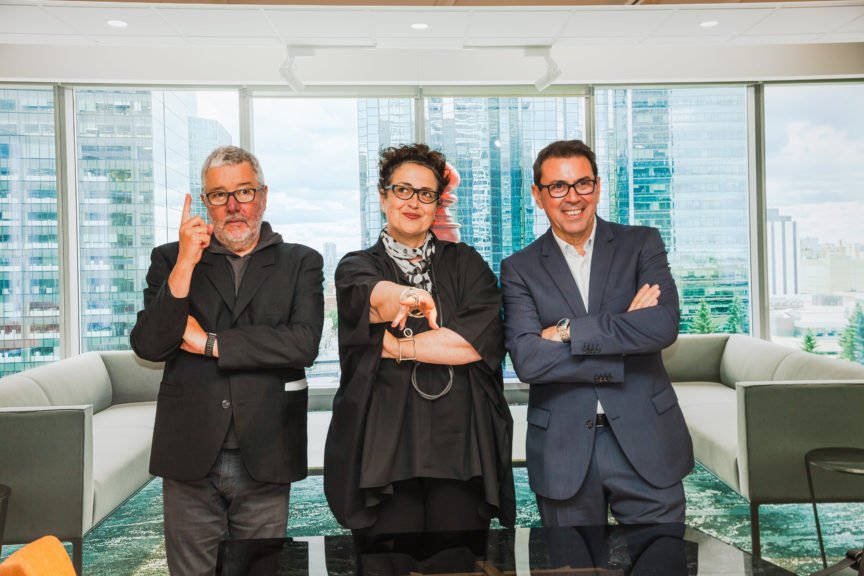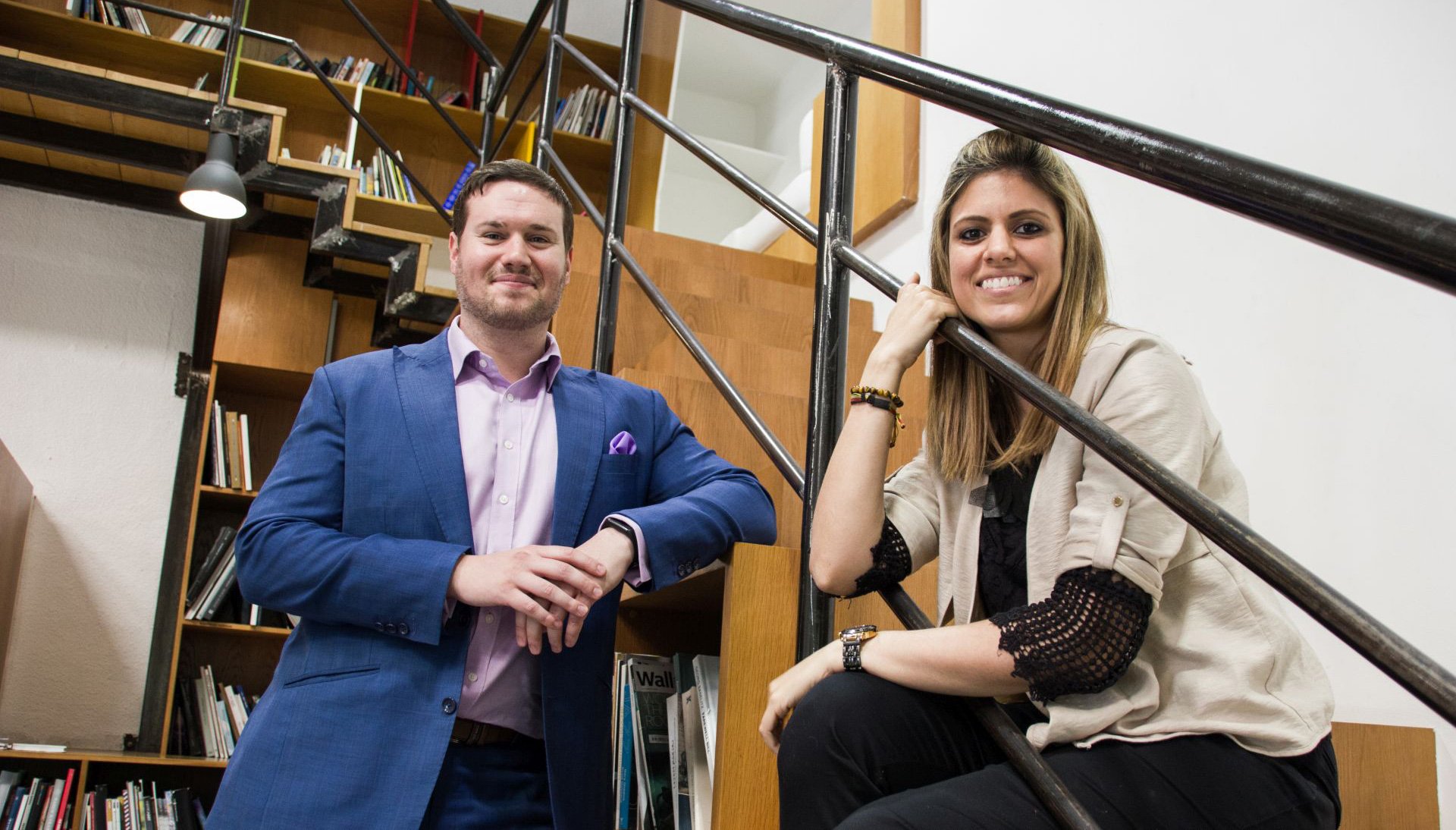Few design firms in the world possess Gensler‘s design prowess and capability. It would be tempting to describe the practice as American or San Francisco based. However, doing this would overlook an important fact; today, each of Gensler’s global studios has a deep-rooted and far more engaging presence in their respective locations. They strive to be more than just representative offices and to describe Gensler as a strictly American firm, operating with a local presence, would be an understatement.
Gensler’s success as one of the world’s largest and most successful design practices is based on a strong foundation of expertise, commitment to research, client engagement and an environment that promotes development and wellbeing. We picked the brain of Dr. Virna Ramazzini, Regional Client Relationship Leader, to share her take on Gensler’s strategy. We also managed to speak with Sejal Patel (Lead Designer: Hospitality) and Jose Faine (Workspace Studio Principal) and got them involved in the conversation. Some great insights into the Gensler culture.
A Global Model for Success
Core to Gensler’s culture, and what really makes a difference to their clients and partners, is the firm’s presence in very diverse sectors of design. Their international exposure coupled with a precious local focus is at the forefront of their success.
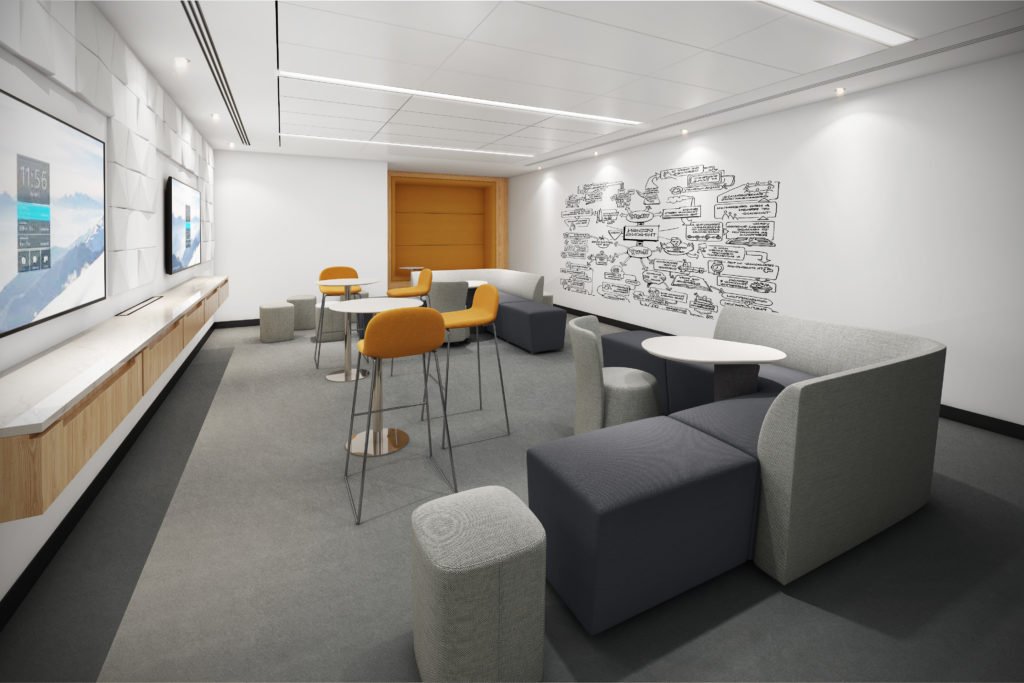
Today, Gensler has 16 practices that have been developed around three key sectors, namely work, live and play. All their design studios worldwide are linked into a global network of expertise that benefits their clients. Referring to Gensler’s approach, Virna pointed out that another key to their success was their heavy investment in understanding trends within these diverse practice areas.

“We share our experience through constant communication. For instance, all our global offices are scheduled for a weekly conference call – not something to take lightly. We use the opportunity to discuss and share opportunities, contacts, and ideas on projects. Additionally, Gensler is one of the few firms to host global meetings engaging clients and fellow practitioners, who are invited to be part of a constructive dialogue in design and trends,” notes Virna.
In the past few years, the A+D community has seen a strong demand for more human-centred designs that revolve around truly valuable user-experiences. And while the response has been positive, there exists no concrete evidence to confirm the effectiveness of such designs.
According to Virna, Gensler has invested years of research and resources in analyzing and creating a serious dialogue with clients on experiential design. “We are pushing for a pragmatic approach to measuring experiential design, and in understanding how we can make meaningful changes in terms of design approaches.”
Experiential Design
The Retail Experience Index was developed first and continues as a research series with a deep dive into findings and implications for the future of retail environments. The report looks into the reasons why consumers gravitate to some stores and brands over others and recommend specific design strategies that retailers can implement to improve their customer experience.
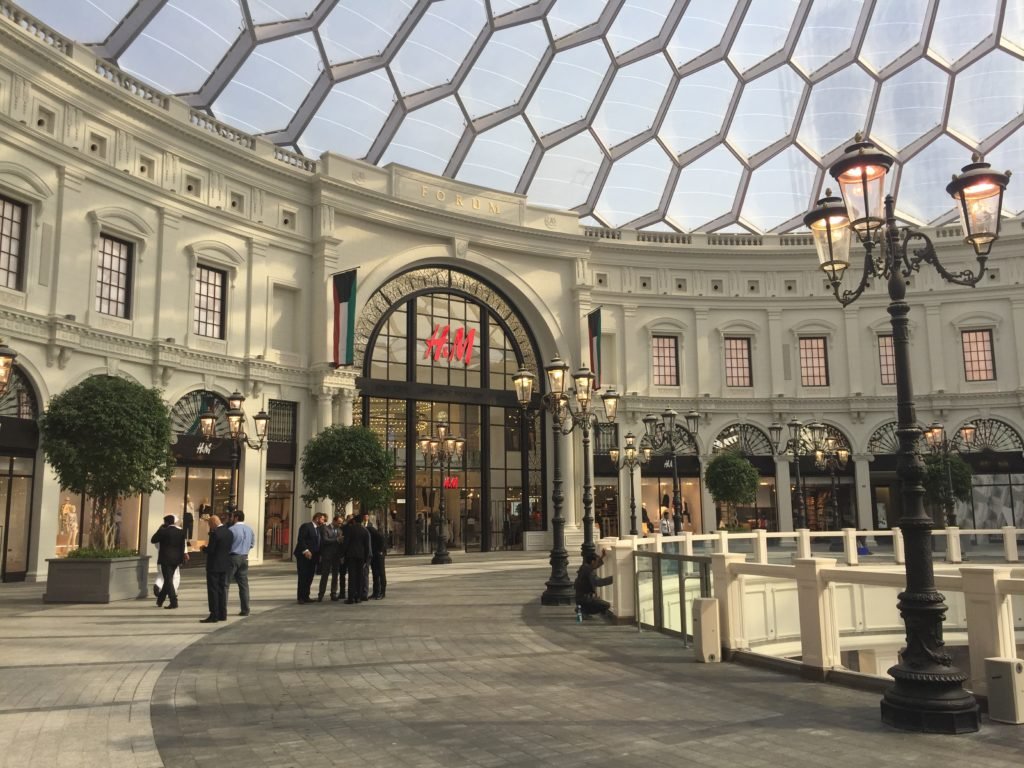
The research also contains stories from some of Gensler’s best retail projects and connects the theory directly to real-world examples. “We have created the EXI to help our clients understand the impact of design and how it can be improved constantly to create a strong connection between the space and the end-user”, concludes Virna.
The Hospitality Edge
Sejal Patel, the Lead Designer of Hospitality, explains how cross-pollination of different sectors sharpens their design edge. “Historically, most global interior design firms have only focused on a purely hospitality-centric perspective when it comes to designing these spaces. But widening this perspective to add the experience of other design sectors is important as it enriches the process of hospitality interior design.”
“If we take, for instance, the hotels connected to retail destinations or hotels within airports, it is a plus to be able to work together with colleagues specialized in architecture, transportation, retail and branding,” explains Sejal.
For Gensler’s hospitality division, Sejal emphasizes how the focus is not only on branding but also on ensuring the guest experience is understood. “Designers need to understand where guests originate from and where they’re headed to, and eventually what would make them return to the hotel. The intimate experience we aim to create, must focus on what guests want when staying at the hotel. Beyond beauty, we need to make sure our designs are relevant.”

To create an unforgettable experience, a hotel needs to be designed with all these elements in mind – the guest, the brand, the place, and the team delivering a service. And last but not least, it’s important to bear in mind the stakeholders who add another dimension. Everyone’s perspective is different; for an owner, ROI is usually very high on their agenda.
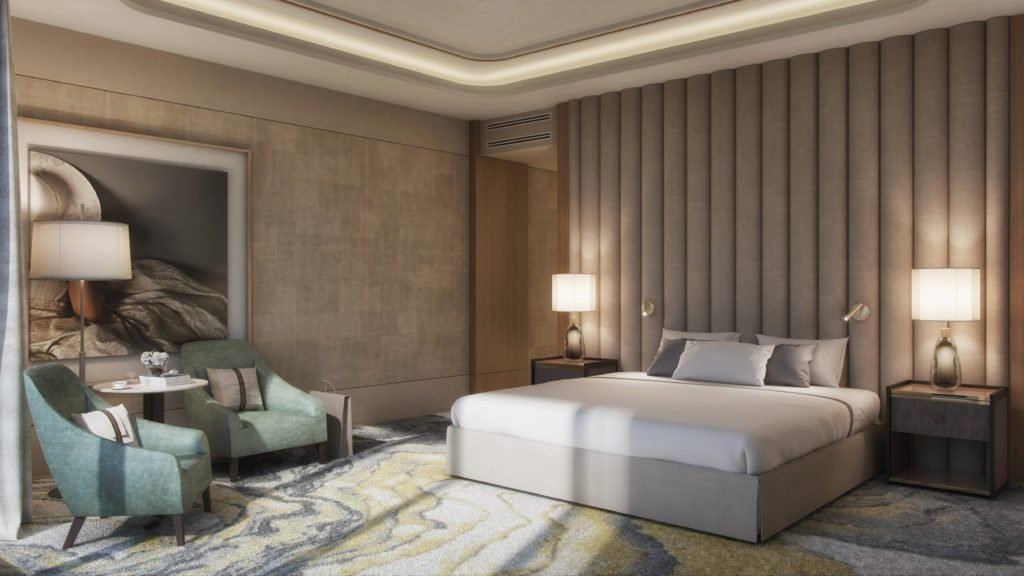
A critical element to Gensler’s success in the region is the presence of an active studio here in Dubai. They believe that to design a space successfully, the designers on any project must know the city and its dynamics. According to Sejal, her team works with local suppliers of materials to understand the procurement strategies of various clients, timelines and budgets as these are the aspects with the most significant implications on the design and execution stage.
Leveraging a Network of Knowledge to Design Empowering Workspaces
In 2016, Gensler completed a 10-year workplace survey, a global initiative that gathered the responses of more than 112,000 office workers across various demographics globally. The results uncovered a link between the quality and functional makeup of the workplace and the level of innovation employees attribute to their organizations.

Jose Faine, Workspace Studio Principal, explained the interesting conclusions they were able to reach by studying the data. “Innovators have better-designed workspaces, spend less time at their desks, have more choice in when and where to work, greater access to amenities, and they report more meaning and purpose in their work.”
Gensler firmly believes that, ultimately, it’s a great workplace design that drives innovation and performance. “Based on our research, we know that design supports the collaboration that spurs creativity and innovation; but should also focus on the individual work that is equally important”, sums up Jose.
These research findings have triggered many design actions in all of Gensler’s studios. The most significant of them being – investing in more functional workplaces to effectively manage the different functions; diversifying beyond the desk by including a variety of group workspaces; empowering the organization by giving people choices about when and where to work; and connecting employees with the mission, purpose and meaning behind their work.
What Success Means to a Firm Like Gensler
Gensler’s DNA was developed around simple principles that were created by its founder, Art Gensler, 52 years ago. Virna points out that, “By focusing on clients, being curious and innovative, working with a local perspective in our diverse projects, cross-pollination of different areas and serving as a real platform for our people to develop their skills; we strive to make a positive impact on the world of today and tomorrow”.
She confirms these principles are still the ingredients of Gensler’s secret to success that makes them a giant within their industry. This is the guiding principle followed by all Gensler’s new ventures; be it in opening offices in new destinations or developing new sectors such as virtual reality.

“We believe success is a mixture of everything we just discussed, but you need to add passion and a real focus on people. We think the most important achievement today, in a super-fast changing world, is to get the right people and to keep them with you. We enjoy the relationships we’ve had with our clients through the years. Even in difficult times like during the 2008 financial crisis, we managed to increase our global reach and revenue through a dedicated focus on our clients. We support our clients in their development, whether local or global, as they trust us and we understand them,” elaborates Virna.
One of the more successful tools Gensler developed through the years is their research initiative. Supported by grants, on an annual basis, it has led to the best research ideas from around the globe. The research outcomes are published each year and shared with the public. These findings eventually serve as a base to create new design models that are more effective in enhancing communities. It also allows people to explore their ideas and passions, in design, and determine where the built environment and the world is headed.

